Adam Green’s HATCHET and Scott Glosserman’s BEHIND THE MASK: THE RISE OF LESLIE VERNON played at a lot of the same film festivals, sometimes paired together since they were both slasher films. Green has even said that they’re like “brother and sister films”, with BEHIND THE MASK deconstructing the slasher tropes while HATCHET fully embraces them, and acknowledged their connection by referencing slasher Leslie Vernon in HATCHET II – putting both BEHIND THE MASK and the HATCHET films in the same universe. With the fourth HATCHET movie, VICTOR CROWLEY, set to hit home video next week, I decided to take a look back at where it all began and have the first HATCHET, without the baggage of its sequels, face off with its festival companion.
Honey Island Swamp, not far from New Orleans. Decades ago, a man named Thomas Crowley lived here, taking care of his horribly deformed son Victor and keeping him hidden away from the judgmental eyes of society. When a trio of teenagers tried to get a look at Victor one Halloween night, they accidentally set the place on fire with Victor trapped inside. Desperate to save his son, Thomas took a hatchet to the front door… But Victor was pressed up against the other side and the hatchet hit him in the face, killing him. Thomas died of a broken heart soon after, and now Victor’s homicidal spirit roams the swamp every night, crying out for his father. The sequel adds in a voodoo element, but in the first film the legend of Victor Crowley is a tragic story of parental love, loss, and vengeance similar to the legend of Jason Voorhees.
Glen Echo, Maryland. Nine months after being raped by a drifter, Molly Vernon gave birth to a son she and her husband Silas named Leslie – and then put through a horrible existence, forcing him to live in the cider house on their farm and to work the fields with only a hand scythe. One day Leslie snapped, murdering Silas with the scythe and hanging Molly in the apple orchard. They say the boy was possessed by evil, but given the circumstances you can sort of understand why he did what he did. The citizens of Glen Echo didn’t, though. They dragged Leslie from his home and threw him off a waterfall. But twenty years later, Leslie is back for revenge… And at least part of that legend is B.S., by the way. It’s an urban legend that aspiring slasher Leslie Mancuso has manipulated to build himself up.
The character we follow into Honey Island Swamp is Joel David Moore as a lovesick young man named Ben, who decides to take a swamp tour because he’s too depressed to enjoy the Mardi Gras festivities. Ben’s a likeable guy and he’s good for a laugh, but he’s eventually overshadowed by fellow swamp tour passenger Marybeth (Tamara Feldman), who has ventured into the swamp knowing about Victor Crowley, searching for her missing father and brother. She finds them, dead and in pieces. Marybeth has the potential to become a strong heroine, but that’s not a potential she fully meets until the sequels. The character comes off as weaker than was probably intended here.
Taylor Gentry (Angela Goethals) is a reporter who’s seeking to “find her voice”, and in the pursuit of this she has made the questionable decision to tag along with a slasher while he plots to kill several partying teenagers. Of course, Taylor comes to realize that she can’t just let these murders happen and springs into action to try to stop Leslie, but it’s odd that she goes along with this for as long as she does. It’s thanks to Goethals’ performance that we don’t judge her too harshly. Doc Halloran (Robert Englund), a psychiatrist who has a history with Leslie, is also lurking around, but Taylor is the survivor girl and this is her battle to fight.
HATCHET is a film that’s overflowing with jokes, and while I often like to have some humor mixed in with my horror, this movie’s sense of humor is a bit too goofy for my taste. I found it off-putting the first time I watched the film, and it has had to grow on me over further viewings. It’s more tolerable to me now, but it still takes me out of the movie when the characters continue to act so silly even when they know they’re being hunted by a supernatural slasher.
BEHIND THE MASK is also a very humorous film, but in a more clever way. Glosserman and his co-writer David J. Stieve were clearly students of the subgenre, and I find it fun and amusing to hear the characters break apart the slasher tropes. This film takes us behind-the-scenes of a slasher scenario to show how the killer sets up and anticipates the familiar scenarios – and to try to explain how the killers in this type of movie manage to be so capable at their jobs.
The kills are where HATCHET really shines, and I’ve always taken this as special effects artist John Carl Beuchler’s way of trying to make up for the fact that his FRIDAY THE 13TH PART VII was butchered by the MPAA. Blood and guts are splattered all over Honey Island Swamp as Crowley rips off limbs, tears heads apart, decapitates people, impales them, disfigures them, and hacks them up with sharp tools. The kills are why I kept returning to the film even when I didn’t like the humor.
The deaths in BEHIND THE MASK are more tame, this isn’t really a splatter movie. Still, Leslie does score a fair number of kills. Despite the best efforts of Taylor and her documentary crew, he does what he intended to do to those partying teens. He finds his hand scythe to be especially useful, but also utilizes a pitchfork, rope, hooks, and – for the most impressive of his kills – a posthole digger, which he uses to scoop out a victim’s heart, then hand the person’s heart to them.
If you’re embracing the classic slasher rules, you have to end your film in such a way that leaves things wide open for a sequel. Green took that approach to a whole new level. Not only does Victor Crowley go undefeated, but the movie also abruptly cuts to the credits right in the middle of Crowley attacking the last survivor. This leaves you wanting more, to know what happened to that last person, and to see Crowley kill some more people. If you don’t like that abrupt cut, Green makes up for it by having HATCHET II pick up right from that exact moment.
Glosserman and Stieve were playing by the same rules as Green in their own meta way, and they left their slasher wide open for a sequel as well. Taylor does a good job of defeating Leslie and the killer takes a lot of damage, but that doesn’t put him down for good any more than it would Jason Voorhees or Michael Myers. As the end credits roll, we see Leslie rise from his slab in the morgue, this imagery perfectly accompanied by the Talking Heads song “Psycho Killer”. Leslie is still out there, and when a sequel is made we’re sure to see him cross paths with Taylor and Halloran again.
This was a very close Face-Off and easily could have ended with a tie if I had given the “open ending” category to both films, since both endings are very open. The abrupt cut makes HATCHET feel slightly more open, though, so I gave the category to that one – and with that, HATCHET took the win. While I had a more immediately positive reaction to BEHIND THE MASK when I first watched it, HATCHET has grown on me over the years and I appreciate both films as entertaining modern slashers. Regardless of who won this match-up, slasher fans win by having both of these films to enjoy.
Is the competition between HATCHET and BEHIND THE MASK more intense for you, or are you also a fan of both? Share your thoughts on these films in the comments section below. If you have any suggestions for future Face-Off articles, you can contact me at [email protected].

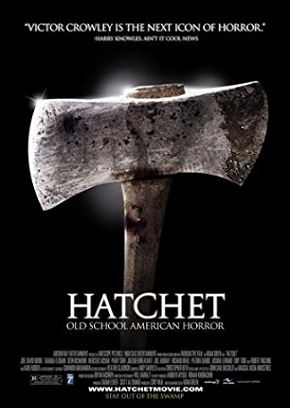
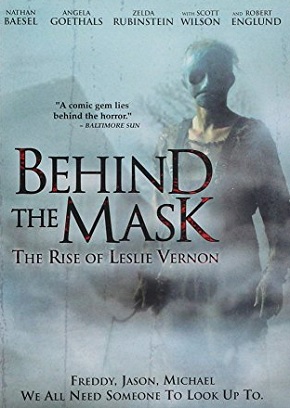




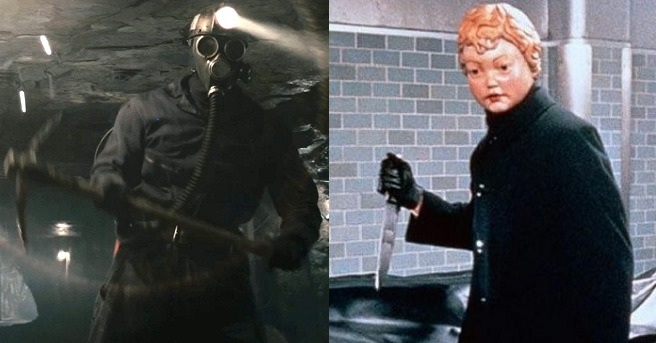
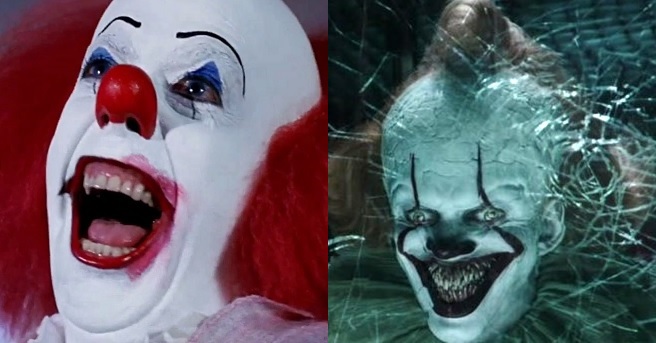




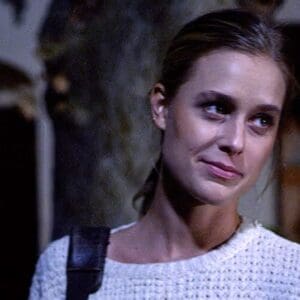
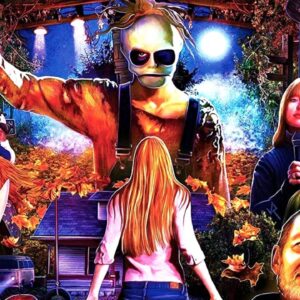

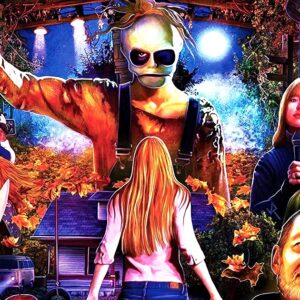

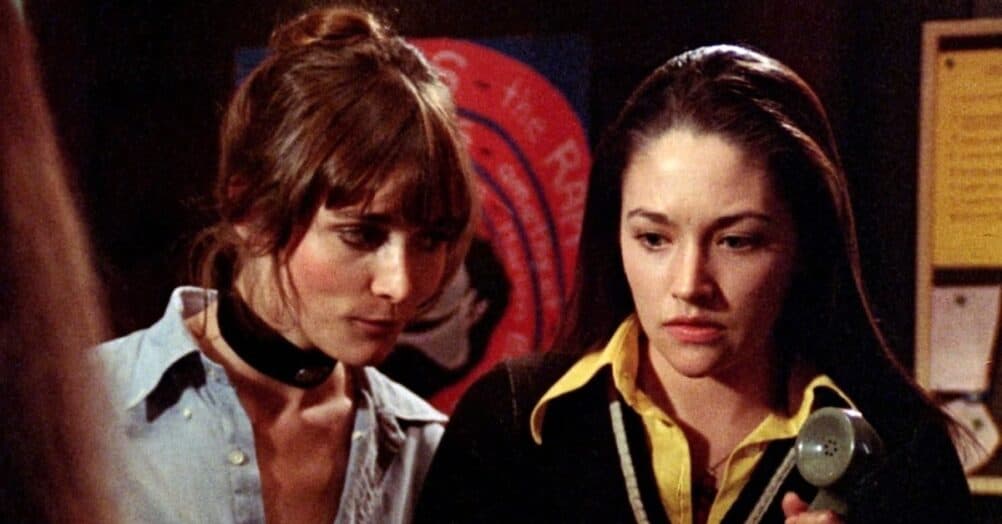



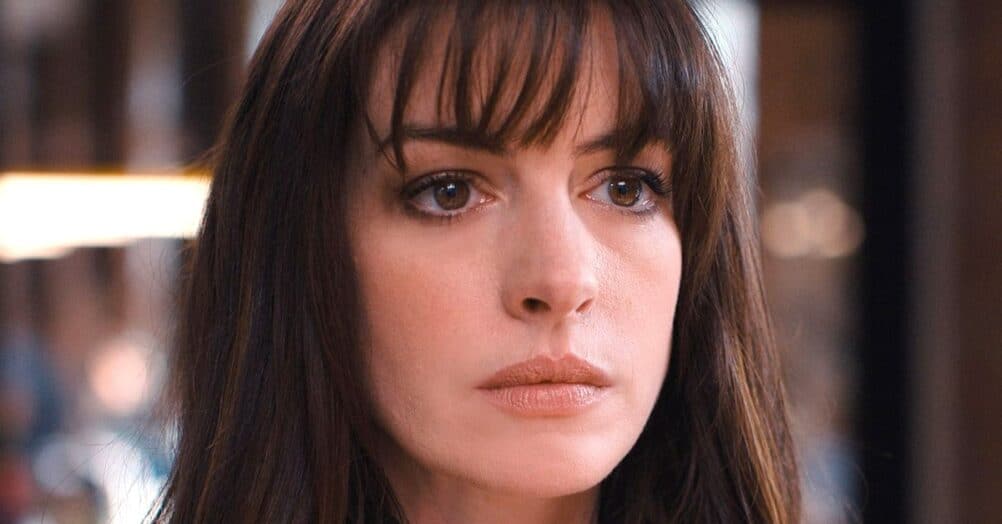

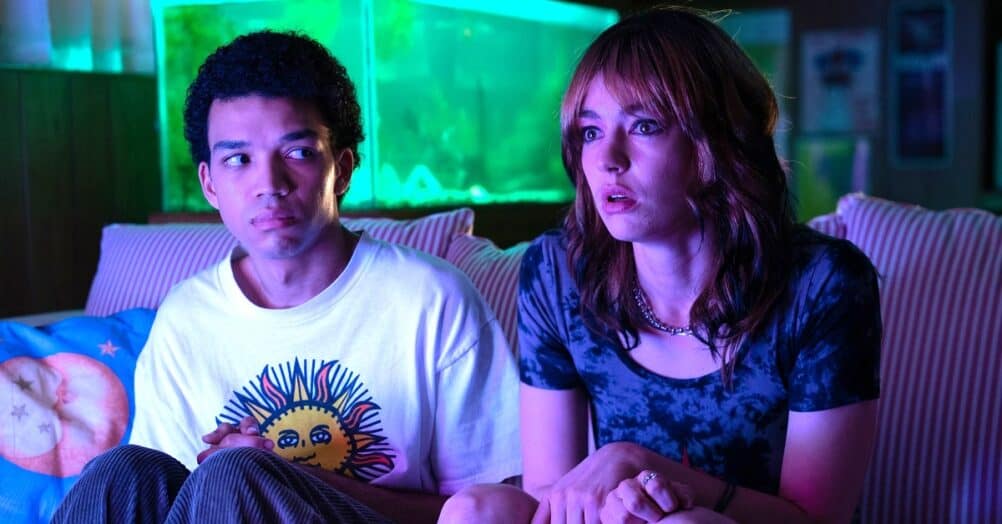


Follow the JOBLO MOVIE NETWORK
Follow us on YOUTUBE
Follow ARROW IN THE HEAD
Follow AITH on YOUTUBE